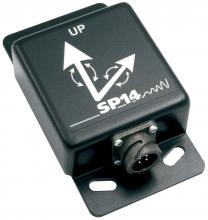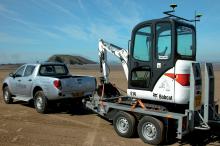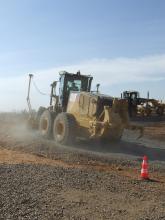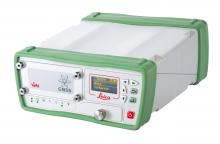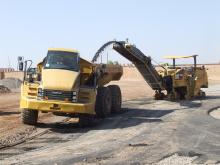Greater GPS accuracy suggests closer tolerances for surveying and machine control functions What happens in the future for GPS surveying and machine control could depend on satellite choice and signals. Right now there are around 30 satellites in orbit, largely built by the US, but by 2012 that could rise to 120 as Europe, China, India and Russia fully enter the market. A chequered history has faced the European's Galileo system. At long last, the finance appears to be in place and the European Commission a
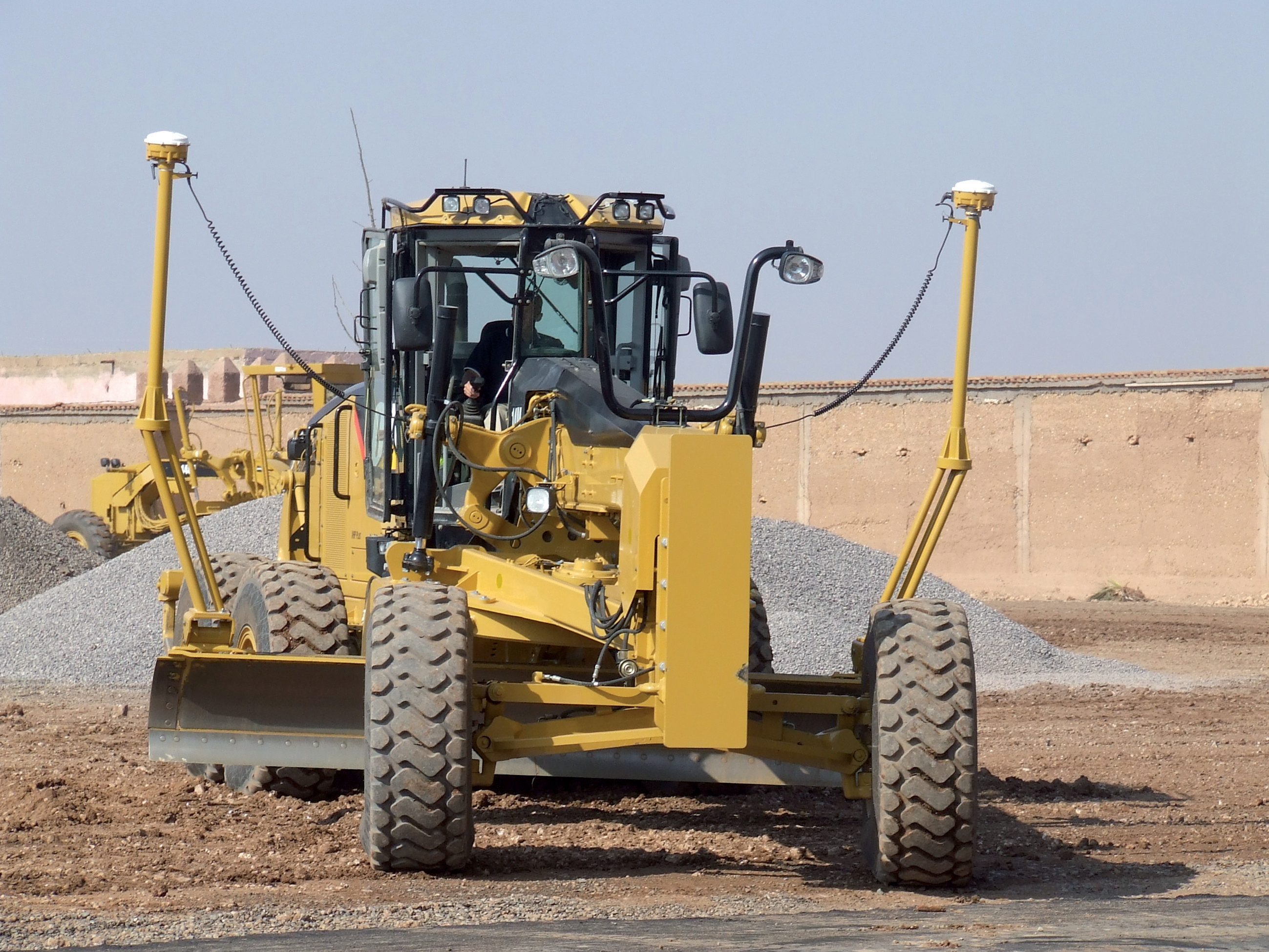
Using GPS technology offers considerable cost and productivity benefits to contractor
Greater GPS accuracy suggests closer tolerances for surveying and machine control functions
What happens in the future for GPS surveying and machine control could depend on satellite choice and signals. Right now there are around 30 satellites in orbit, largely built by the US, but by 2012 that could rise to 120 as Europe, China, India and Russia fully enter the market.A chequered history has faced the European's Galileo system. At long last, the finance appears to be in place and the
However GPS users who employ so-called codeless and semi-codeless techniques based on the L2 carrier phase of the military P(Y)-code signals are examining a new range of civil signals - the L2C and L5 - which should be available on 24 or more modernised satellites. The L5 (1176.45MHz) signal will make GPS a more robust navigation service by mitigating RF interference and reducing errors due to the ionosphere.
According to Werner Stempfhuber, EHT (the
There are many different GPS products on the market, dominated by just a few global players. Those players are increasingly moving into the full documentation side. "It depends on whether the user wants the full GPS system or just guidance. Manufacturers are more and more looking to offer the complete package," added Stempfhuber.
OEMs have either been acquiring or partnering software companies to link the back office with the site, speeding invoicing and other tasks to reduce costs. Recently Heinz-Erich Rader of RMR Software said that GPS devices will move more and more into the background and the software which binds the devices and makes those devices more useable for the customer will come to the fore.
A new partnership deal was announced recently by
Because this is such a technology-led market, Trimble has invested heavily and in recent times has pumped some 11% of turnover into research and development. As a result of its investment Trimble has been able to develop a strong portfolio, adding to this range of solutions through acquisitions.
The benefits of employing this technology may be substantial. Contractors using GPS tools can expect to see a 28-33% increase in productivity and will do the same job but in less time while cutting reworking by 70% according to Trimble.
The future sales growth for GPS technology means that there is plenty of room for all three major competitors, Trimble, Topcon and Leica Geosystems. According to figures from Trimble, only some 10% of the potential market has been penetrated so far, "There are plenty of opportunities for all the competitors. Many non-users are planning to get on board with the latest technology," according to Catherine Mansfield, marketing communications manager at Trimble Construction.
The construction industry has been comparatively late to adopt GPS systems in fact, but Mansfield added, "The technology is easier than you think and we can help you get there." In the key markets of North America, Western Europe, Australia and New Zealand GPS technology is now widely accepted, though many more companies could benefit from the technology. Developing countries are also aware of the technology and Mansfield added that the firm has recently opened new offices in Beijing and Shanghai. "We do have a focus on China." Trimble Construction Services says that GPS technology is able to provide real-time information for mobile and fixed assets data. This allows for better asset management as the user can identify machine location and the system helps reduce maintenance and fuel costs. Mansfield added, "This is becoming more and more topical as the fuel price increases." In addition, the system can improve site productivity and safety and help with managing asset usage and even assisting in recovering stolen units. She said that some firms are even using GPS-based technology to help with payroll management, as the technology can identify where and when personnel have been working. A return on investment calculator is offered that allows the customer to predict costs while the products are designed to be used in the touch construction environment. In addition, a 3D site simulator using design data is available and offers effective visualisation of a project, with other tools including a file management system and visual tracking using a webcam. Mansfield said, "The message to the contractor is 'Start with what you think you need and then expand from there'." Looking further ahead, Trimble's technology is allowing for more efficient centralised management reporting and can also aid with remote control of machines and diagnostics. The systems can help scheduling and allow management to see how a job is progressing, while offering incident logs and remote task management tools and Trimble's competitors are offering many broadly similar tools.

